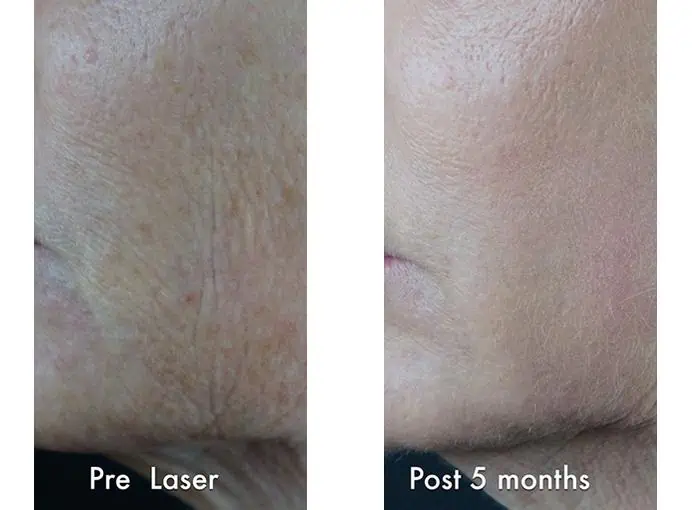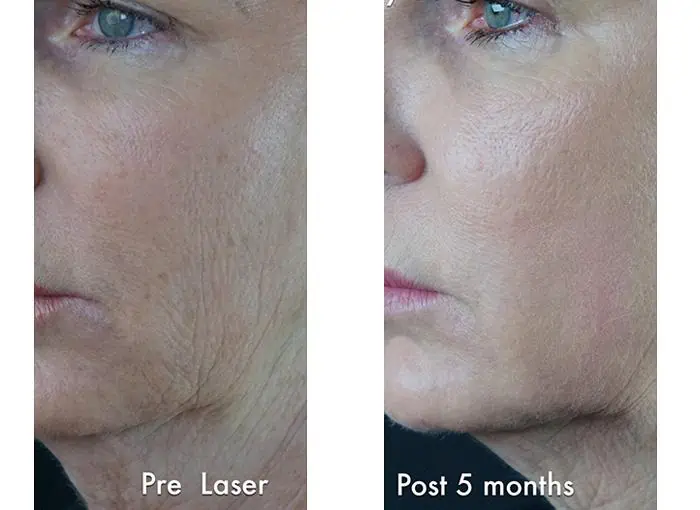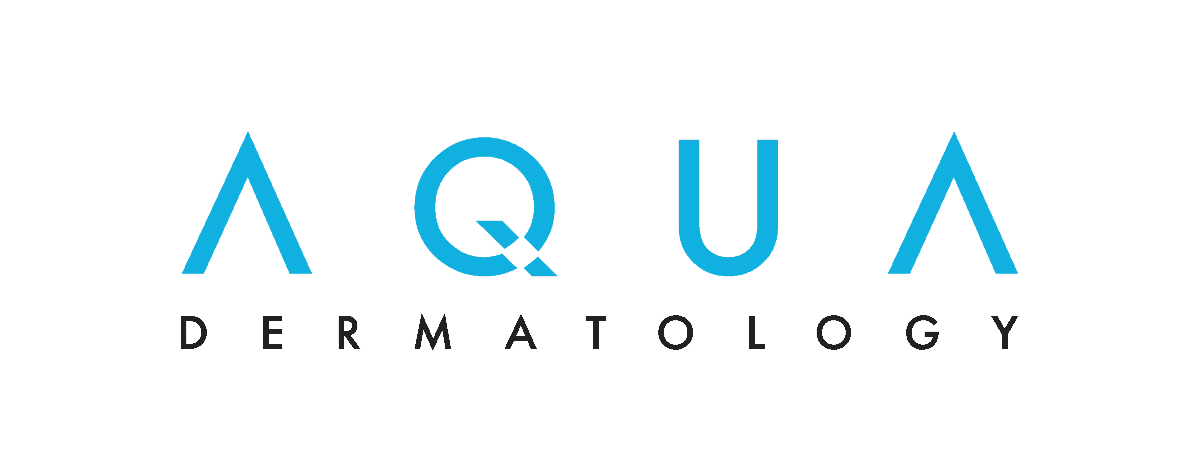Solutions for sun-damaged skin
- Strict sunscreen use and sun protection
- Topical retinoids
- Topical antioxidants, growth factors and peptides
- Chemical peels
- Limelight photofacials
- Fractionated and Non-Fractionated Carbon Dioxide Laser Resurfacing (CO2RE)
Protecting your skin is the most important factor in attaining beautiful healthy skin. Ask us about what sunscreens are best for you!
*Each patient is unique and individual results may vary
Continuous exposure to UV radiation on the skin leads to cumulative damage including aging and skin cancers. This prolonged exposure damages the fibers in the skin that provide its normal elasticity. As a result, the skin begins to sag and loses its ability to stretch back into position as quickly as before. The process also robs the skin of its natural lubricating moisturizer – collagen. Cellular damage can ensue and the damaged skin cells may begin to mutate and reproduce at an abnormal rate in the form of skin cancer.
What does sun-damaged skin look like?
Sun-damaged skin is caused by a process known as “photoaging” will appear exceedingly dry and rougher in texture. This long-term process stimulates an increase in the production of melanin, a skin pigment, which can result in a mottled or irregular discoloration of the skin over the face and body. The skin may also appear much darker than normal, as if a person has spent too much time in a tanning salon. Actinic keratosis is a form of skin damage that appears as a bump or patch of dry skin from cumulative, long-term exposure to the sun. As collagen production lessens as a result of continuous sun exposure, the skin will begin to look thinner and wrinkled, will bruise more easily, and take longer to heal.
What causes sun-damaged skin?
The primary culprit is solar heat and overexposure to the sun’s rays – a process that takes years for the damage to manifest and accelerate. People with lighter skin color are especially prone to skin damage, although people with darker complexions are also at risk for skin damage.
Understanding the electromagnetic spectrum is critical to making smart decisions on how to protect ourselves. UV (ultraviolet) radiation is part of the light spectrum that reaches the earth from the sun and is classified as either UVA, UVB or UVC light. The most important light sources are UVA and UVB as UVC rays are absorbed by the ozone layer and never reach the earth’s surface. UVA is divided into UVA I, which ranges from 340-400 nanometers and UVA II, which extends from 320-340 nanometers. This particular light source contributes to premature skin aging and wrinkling and is the predominant light source found in tanning beds. UVB light ranges from 290-320 nanometers and is the skin cancer-causing factor by damaging the skin’s cellular DNA. When shopping for sunscreens, it is critical to apply a product that is Broad-Spectrum (covers for both UVA and UVB), containing a SPF (sun protection factor) of 30 or higher. Sunscreens that contain chemical blockers such as titanium dioxide or zinc oxide provide the best protection as they physically deflect the sun’s rays off of the skin. Sunscreen should be applied 30 minutes prior to exposure and reapplied every two hours during continued sun exposure and sweating.






